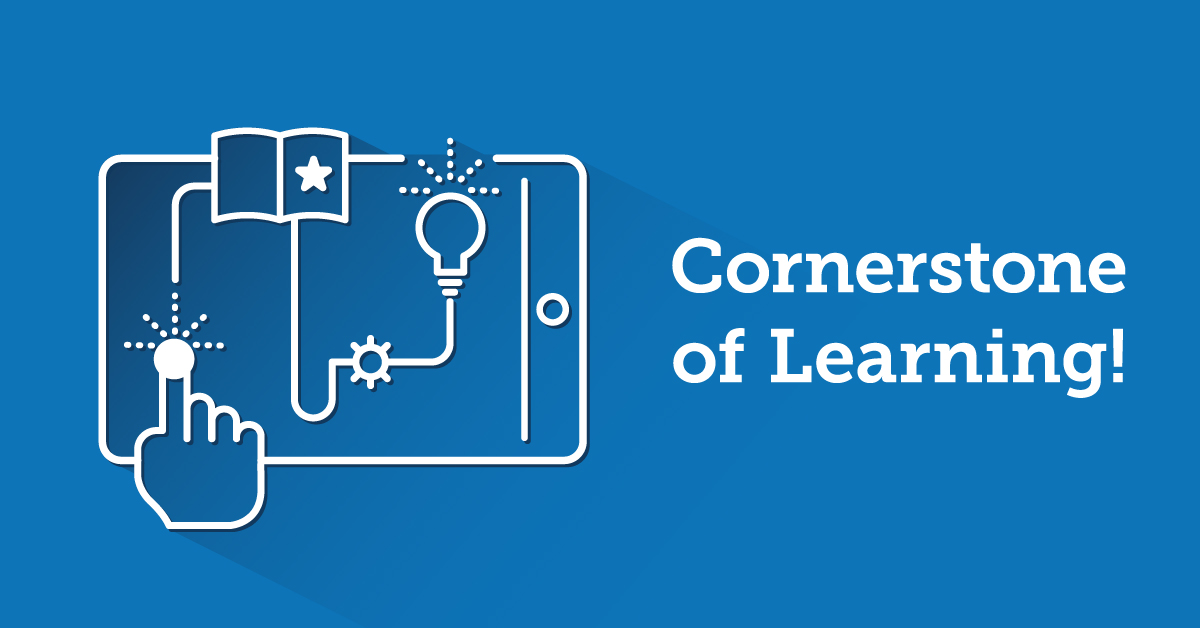Books, magazines, radio programs, tv shows, movies, websites, eLearning courses. All these things have a thing in common: they are content delivery formats.
That might seem obvious, but what is probably not as obvious is that they all share the same progress path: from early experimenting, to mass market adoption, and onwards to an increasingly sophisticated and self-reflective creative process.
Compare ‘50s tv programs, to ‘90s ones, and then to current hit shows like the Game of Thrones, House of Cards, and Breaking Bad. It becomes pretty evident, right?
The rapid rise of Learner Experience Design during the past few years marks a similar maturation of the eLearning industry, and a focus shift from replicating traditional training in a different format to leveraging the unique characteristics, best practices, unwritten rules and possibilities of online learning.
In this post we’ll discuss the importance of the learner experience, explain what learning experience (LX) design is all about, and present the best practices an LX designer should be aware of.
What is a Learning Experience?
You might have heard the old adage, that “Content is King”.
It is as true in the eLearning world as it is everywhere else, but it only tells half of the story.
The other half concerns, of course, the presentation of said content. After all, even the best material can suffer under a lackluster presentation.
Now, the word “presentation” can be misleading, making you think that we are only concerned with the visual element of eLearning.
Rather, we are interested in the Learning Experience, which in online learning encompasses many things, from typography and graphic design, to interactive elements, content traversal options, and the overall organization of the learning material.
The Learning Experience is thus, somewhat tautologically, the experience of the learner while they interact with our eLearning course.
Not just the experience of reading the available training content or taking an online test, but the overall, holistic, experience in which every element of our training program contributes to.
What is Learner Experience Design?
The key insight is that the Learning Experience is not something beyond our control, that emerges automatically after we hastily put together some training material in a slapdash fashion, but something that can be itself designed.
In other words, a Learner Experience Designer is a different, and complementary role, to that of the eLearning content creator. This is true in theory, at least — obviously in smaller organizations, the same person will probably be called to play both roles.
Learning Experience (LX) Design focuses on solving, as best as possible for the relevant platform, content delivery mechanism, business constraints, and intended audience, a number of difficult problems, including:
Adapting the material to the target audience
An LX designer needs to take into account different parameters that influence the learners’ ability to absorb the training material, including age, skills, availability, familiarity with technology, special accessibility needs, and more.
For this, the LX designer must work with the client (or within their organization) to understand the target audience’s skills and motivations, the desired results from the training program, and any special business or domain demands.
Special emphasis should be given to the learners’ themselves, with the use of tools like surveys and one-on-one interviews, to find out what their general knowledge and skills are, what their particular experience (with regards to the learning subject) is, what they need to get out of the training program, and so on.
It’s also important to note their general availability and time constraints, since this can have a great influence in the overall design and content of the training program, allowing for a faster or slower pace or necessitating a focus on just the bare essentials.
This early step is also the most important step in designing a learning experience, as it is crucial to ensure that the final product (the finished course) effectively provides the desired outcome.
Adapting the material to the delivery platform
Whether it is web vs mobile, different LMS systems, online vs offline, an LX designer needs to ensure the best possible learning experience given the platform’s constraints, while also taking advantage of its features.
Part of an LX designer’s job is to find creative ways to overcome a particular platform or medium limitation, and to evaluate a platform’s abilities so as to provide the best learning experience.
While an LX designer is not supposed to be a content creator, an expert in the subject domain, a graphic designer, a web designer, a videographer, etc., they should nonetheless have knowledge of all of the above subjects, at least to the degree of being able to leverage them to create the best possible learning experience.
In that sense, the role of the LX designer is similar to the role of the director in a movie: they have a general knowledge of the medium, and an overall vision, and they apply that knowledge with the help of a specialized crew.
Again, in smaller companies and organizations, the same person will probably be called upon to wear some or all of these hats. This, if not ideal, is certainly workable as long as they have a solid grasp of the basics.

Organizing the material
From all the arcane arts of LX Designer, the organization of training material is the one that can have a profound impact on the success of a training program.
Some material will be left on the cutting room floor during earlier steps, if e.g. it doesn’t fit the target audience, or if it is not applicable to the platform (e.g. VR material for mobile delivery).
What remains must still be analyzed, tagged, and organized thoroughly, as part of the Learner Experience design.
Some of the decisions that have to be made during this stage will be obvious, like for example those related to the chronological order of the material (you wouldn’t teach your learners advanced calculus before you’ve taught them simple addition).
Others might depend on the particular goals of the organization, where, for example, more fundamental theoretical knowledge might not be required, in favor of direct results-oriented material.
The delivery format will also influence the Learner Experience design — e.g. dividing the content in small chunks for micro-learning, or combining theoretical foundations and hands-on practice in a hybrid-learning scenario.
Building engagement
Leveraging all the available tools to help drive learner engagement is a key aspect of Learner Experience design.
Engagement requires a holistic approach and it is not something that can be magically solved by e.g. adding some gamification elements to an existing training course (though, of course, those have their right place in an effective eLearning strategy too).
In a way, several course design aspects that we have already covered, like understanding your audience, organizing the material properly, and creating clean and compelling content, are equally (if not more) important tools for driving learner engagement compared to dedicated engagement-enhancing tricks.
Since most learning still happens on conventional digital environments (desktops, laptops, tablets and smartphones), a large part of the LX designer’s role is to use the same web- and application-based User Experience Design (UX) principles in an eLearning context.
A successful LX designer must be aware of the fundamentals of pedagogy as well as the latest developments in the eLearning industry (and eLearning technologies), and be able to apply them in creating more meaningful and relatable learning experiences.
They should incorporate new tools and approaches in their Learner Experience design process, from social and adaptive learning, to Augmented Reality, while drawing upon their mastery of well established and mature eLearning tools, such as the humble LMS, mobile learning, and the like.
Conclusion
In this post we did an introductory examination of the increasingly important notion of Learner Experience design and saw how it applies to online learning content creation. We will continue in future installments with more specialized posts focusing on best practices and practical LX concerns.



